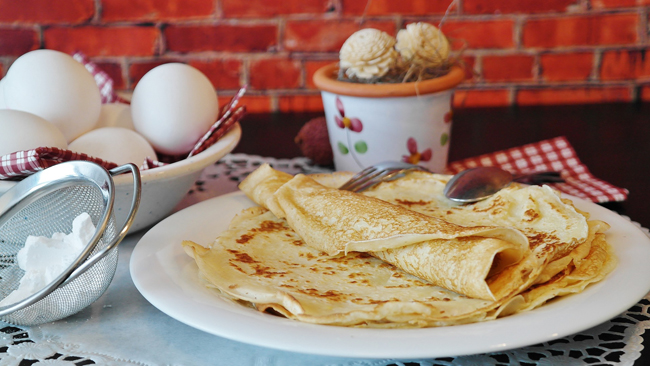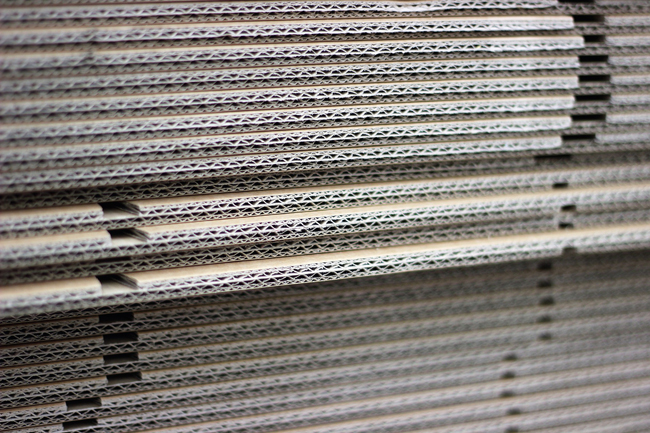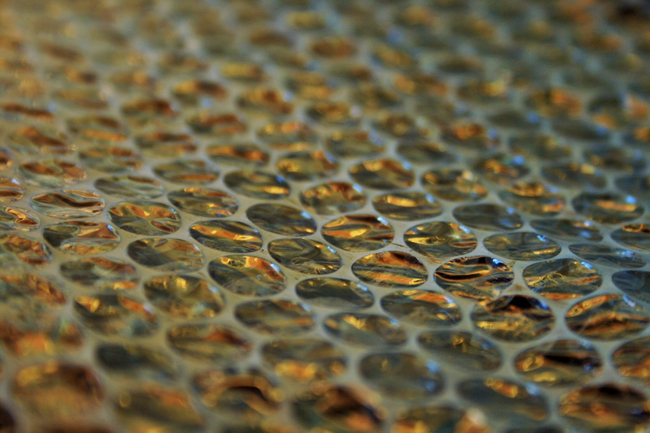For many people across the Commonwealth, today is Pancake Tuesday—the day to use up all of your milk and eggs and try not to get half of it stuck to the ceiling as you prepare this simple but delicious snack.
What kind of topical article could we possibly write about pancakes, you ask? Well, we thought long and hard about this. How about a few packaging tips, for making sure your parcel doesn't get pancaked in transit?
Why packaging is important
When using reputable courier companies such as UPS, DHL or TNT, parcels are rarely damaged in transit. But you should always ensure that your items are well protected before attempting to send them via a courier service.

Parcels are stacked and processed through sortation centres that use conveyor belts and chutes, so packaging must be robust enough to withstand this journey.
Sometimes our customers ask us if it would be possible to leave specific handling instructions for the courier. However, as much of the process is automated, couriers will treat all parcels the same. This means that they may ignore any “fragile” or “this way up” labels.
As a general principle, all boxes should be able to withstand a drop from waist height onto a hard surface.
Boxing it up
When choosing a box or shipping carton for your items, the three things you will need to consider are size, strength and quality.
The size of the box should be appropriate to the content. If your box is overloaded, there is a risk that it will burst. If it is underfilled, it is more likely to collapse.

For strength, use corrugated cardboard with good quality outer liners (the paper on the outside of the box). For valuable items, use heavy duty, double-layered cardboard. You can buy double-walled cardboard boxes from our shop.
If you are reusing old boxes, check that they are still in good enough condition.
Cushioning the items
You can use materials such as bubble wrap, kraft paper or loose fill polystyrene (not towels or blankets) to help protect your goods on the inside of the box. There should be at least 5cm of cushioning between each item and around the inside wall of the box.
You can use cardboard dividers for flat, fragile items such as vinyl records. We also have a quick guide to packaging distinctive items such as powders and grains, liquids, discs and data, large rolled papers, and sharp or small items.
Sealing the box
Use quality adhesive parcel tape to seal your parcel, rather than sellotape, rope or ribbon. Make sure it’s secure, but customs may want to open and inspect the contents of your package, so don’t overdo it!
Keeping a record
It’s always a good idea to take a photo of your item, both inside and outside of its packaging, before you send it. Should you need to make a claim for damage, couriers will want to see evidence that your items were suitably packaged in the first place.

An “after” photo of the packaged item as it was delivered is usually all that is required, but the more evidence you have to support your claim, the better.
If you need any further advice on packaging your parcel, please don’t hesitate to get in touch with our customer service team. Call us on 0345 145 1212, email [email protected], or speak to us on Live Chat. We’ll be happy to answer any of your queries.
Happy Pancake Day!



On social media? Why not give us a follow...